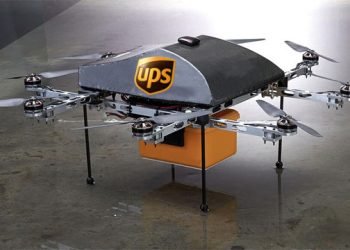By Maria Kalamatas – May 9, 2025
Brussels – April 25, 2025 | After years of debate, the shipping industry is now navigating uncharted waters: carbon pricing is here — and it’s changing the economics of ocean freight.
Since January 2024, vessels entering EU ports have been subject to the European Union Emissions Trading System (EU ETS), a carbon cap-and-trade program once reserved for land-based industries. The full financial impact is only now coming into focus.
“For many carriers, carbon has become a cost center as critical as fuel,” says Claudia Renner, Head of Policy at the European Shipowners’ Council. “It’s not a theory anymore. It’s line-item accounting.”
Who Pays — and How Much?
Under EU ETS, shipowners must purchase carbon allowances for 40% of emissions in 2024, increasing to 100% by 2026. A typical Asia-Europe round trip on a 14,000 TEU vessel now adds €180,000 to €230,000 in carbon costs, depending on fuel and efficiency.
“Some carriers have absorbed it. Others are passing it to customers through ETS surcharges,” explains Lars Moen, pricing manager at a Nordic freight forwarder. “But the real differentiator is who invested early in low-emission vessels.”
Green Ship Advantage
Maersk’s methanol-powered fleet is expected to reduce ETS-related costs by 55% per voyage compared to traditional ships. Similarly, ONE and HMM have fast-tracked ammonia-compatible vessels ahead of IMO carbon pricing discussions slated for 2026.
“The carbon advantage is no longer just for press releases — it’s a pricing edge,” says Moen.
Beyond Europe: Global Readiness
While EU ETS is regional, its implications are global. Many Asian, African, and South American ports are preparing for carbon corridor certifications and aligning with expected IMO carbon levies.
Singapore, for instance, will introduce a voluntary carbon gateway framework by Q4 2025, allowing carriers to declare emissions scores and access green lane incentives.
Tech, Transparency & Trade
New platforms such as ZeroTrace and BunkerMetrics are offering emissions traceability at the TEU level — a growing requirement for shippers subject to Scope 3 emissions reporting.
“Ocean freight is entering the era of accountable trade,” says Renner. “Carbon transparency will soon matter as much as transit time or rate.”
Conclusion
Carbon costs at sea are no longer looming — they’re landing. The carriers that navigate emissions regulations proactively will not only stay compliant but gain commercial edge in a market where green credentials increasingly drive demand.























